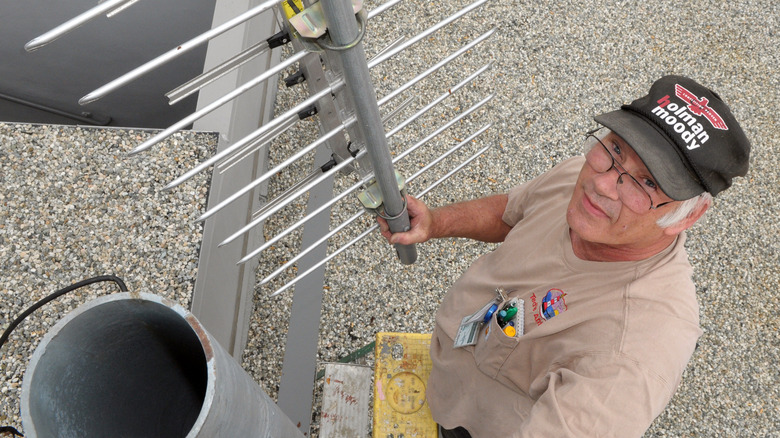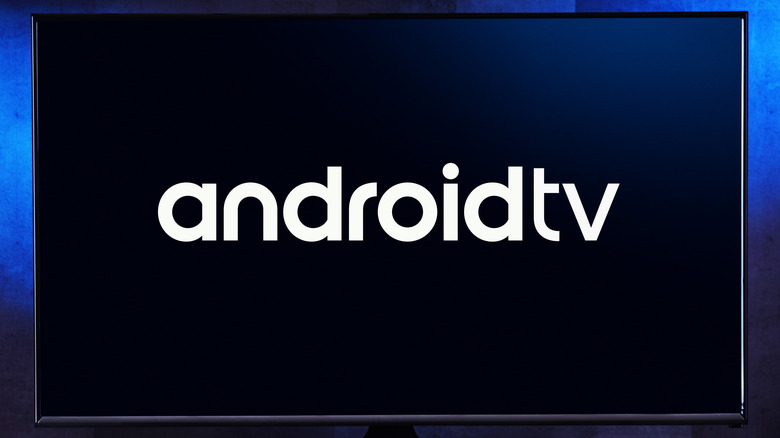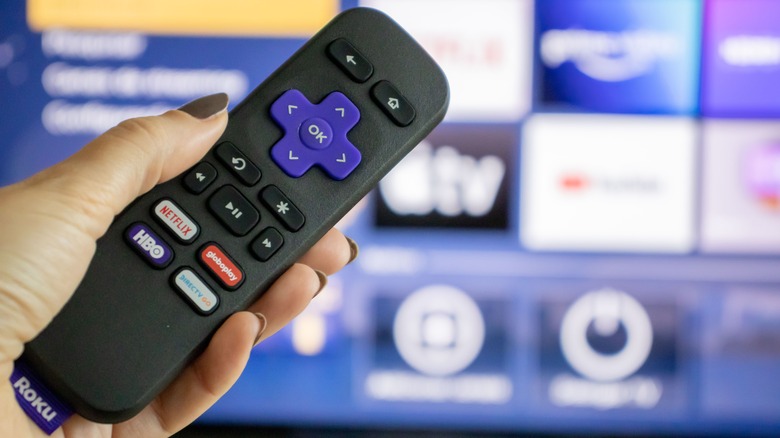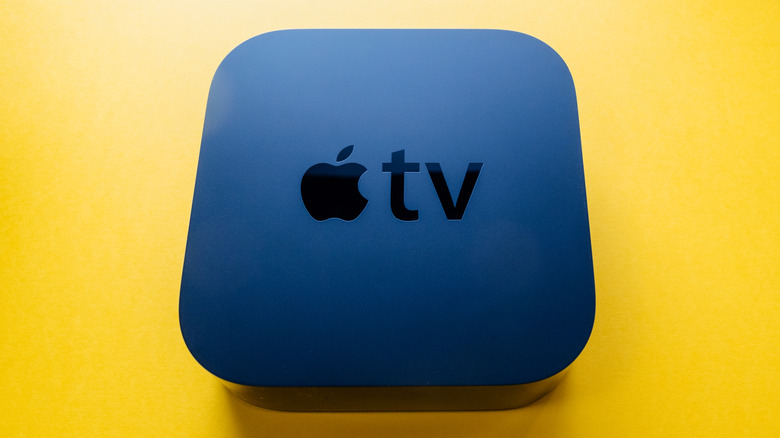The Best Streaming Devices To Watch Local TV Channels For Free
There are more ways than ever to consume television programming, both in general, and specific to traditional TV channels. There are, of course, the traditional options like using an antenna to pick up the channels over the air for free, subscribing to a local cable TV provider, and subscribing to direct broadcast satellite services like DirecTV or Dish Network.
In recent years, however, other alternatives have popped up: There are cable TV replacement streaming services like YouTube TV, and most of the major broadcast networks have apps that let you watch your local affiliate with a paid TV login. Peacock subscribers get access to their local NBC station, and Paramount Plus subscribers get the same access to their local CBS station.
Those require someone to pay, but there are other free options as well. Fox Local has a suite of apps for Fox stations' locally-produced programming, for example. LocalBTV attempts to make as many locally-available channels as possible available for free online, but in practice, that amounts to local news, digital subnetworks that also offer streaming versions, and local affairs channels without access to major network affiliates.
The network apps also offer some limited free on-demand programming, but it varies by the network — and as of July 2023, does not include Fox, which has discontinued its Fox Now app.
Before you can figure out what apps you're going to use, you need to know what hardware you need to make the most of the consumption of your local channels.
Any modern TV hooked up to an antenna
American TV is digital these days, so even if you pick it up over an antenna, you're still streaming digital data, just not over the internet. All modern TVs include ATSC tuners for receiving over-the-air channels, which you can get by plugging an antenna into the cable connector.
There are some things that you need to know about using antennas, and why streaming may be better. If you're old enough to remember over-the-air analog TV, then you need to know that digital TV works differently. On analog, with a weak signal, you still had a decent shot at tuning into a given station at the cost of degrading picture quality. On digital, that's not possible: Either there's enough of a signal to get a consistent picture, or there isn't.
Another complicating factor is that most over-the-air channels are now broadcast over UHF band (channels 14 through 69) instead of VHF band (channels 2 through 14), even if their "official" channel number is a "virtual" channel assignment saying otherwise. This isn't a hard and fast rule, though: In New York, the country's largest TV market, there are three stations broadcasting over VHF. This means that it's best to use a site like AntennaWeb.org to determine what channels are available to you and what kind of antenna you need.
If you live in an older apartment building, you should check to see if there's a coaxial cable in your unit separate from the cable hookup. This option is dying out, but there is a chance that your building has a "master antenna" on the roof for all residents to use for local channels.
Google TV devices
There are numerous options out there running Google TV, both in terms of streaming sticks/boxes like the newest Chromecast models, as well as TV sets built around Google TV (formerly "Android TV"). Arguably, Google TV's strongest point is the flexibility that comes from it being a flavor of Android.
Not only do you get access to all sorts of official big-name streaming apps, but you also have the ability to augment your experience with web browsers, VPNs, and robust media players like VLC or Kodi. That gives you some extra tricks to keep in your back pocket beyond using the official apps for all of the notable streaming services, like playing your own MP4 files.
It's also worth noting that if you have an antenna and are in the market for a new TV, a model running Google TV might be right for you. That's because Google TV also includes a "Live TV" tab on its home screen that seamlessly integrates over-the-air channels and streaming channels from free, ad-supported television (or FAST) providers like Pluto TV, Tubi, and Plex. Whatever would qualify as a TV power-user these days, Google TV is the right platform for them.
Roku devices
Roku's streaming sticks/boxes and TV operating system may not offer the sheer versatility of Google's, but if you don't need any of the aforementioned extra bells and whistles, then Roku products are a fine choice.
Roku in its current form really got going in May 2008, when it released its first streaming box, which was the first TV-connected device to support what was then known as Netflix's "Watch Instantly" feature.
When it comes to delivering streaming video to your TV, Roku has been doing it longer than anyone else. As such, the company's devices have broad support for all of the major streaming services; from cable TV replacement companies, to the network apps, to Peacock and Fox Local. If you want to use an antenna, then using a Roku-branded TV allows you to watch those over-the-air channels within the Roku interface.
If there's a negative beyond the lack of robust apps, it's that Roku has had disputes with the likes of Google over the aforementioned YouTube TV cable replacement service, and Disney over Disney+, that resulted in those services temporarily being unavailable on Roku devices.
Apple TV devices
The other major player when it comes to streaming devices is Apple with its Apple TV boxes. As of this writing, Apple makes exactly one streaming box, the Apple TV 4K, which comes in two different configurations: A $129 model with Wi-Fi and 64GB of storage, and a $149 model that adds Ethernet connectivity and ups the storage to 128 GB.
Since it's Apple, there's no larger ecosystem of devices from other manufacturers running Apple's software. That also means that there's no Apple-branded TV set yet, which means that there's no way to watch over-the-air channels via an antenna within the Apple TV interface. You can still use an antenna with any TV, but the potential for a more unified interface isn't there, since Apple only offers add-on boxes and not a TV OS.
As for app support, Apple TV is as strong as its competitors. Its only real differentiator is how well it's integrated into the Apple ecosystem. If you're someone with a long history of buying shows/movies from Apple or have gone all-in on Apple's HomeKit, then Apple TV may be the right choice for you. If not, the Roku or Google options are probably better options.




